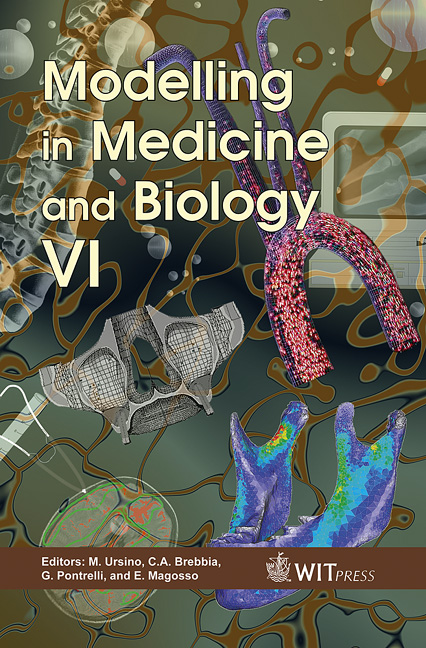Dynamic Simulation Of Three-dimensional Motion Of The Human Arm And Upper Body
Price
Free (open access)
Transaction
Volume
8
Pages
11
Published
2005
Size
629 kb
Paper DOI
10.2495/BIO050301
Copyright
WIT Press
Author(s)
C. Y. A. Chan, A. B. Thornton-Trump & K. M. A. Weiss-Bundy
Abstract
This paper presents the use of trajectory following methods for determining the motion of the human upper body segments as they relate to arm segments and human back movements in three-dimensional space. Given a hand trajectory in global space and the position of the base of the spine, inverse dynamics can be applied to develop the total moment at each joint of a linkage representing the human arm and back. Using the co-ordinate systems and kinematics developed in previous works, a fully scalable simulation of the human upper body is developed and the dynamic and static moments at each joint are predicted for a worker performing a repetitive task. The joint moments are predicted for a simulated worker and then compared to those calculated for a human subject performing the same task. The joint moment curves are compared for three different workstation geometries for both the simulation and the human subject. Keywords: dynamics, human back, human upper arm, three-dimensional simulation, Euler equation, anatomical scaling. 1 Introduction Repetitive strain injuries to workers in industry who are required to use inappropriate workstation geometries have a large impact on society. Industry has medical and training costs as well as a loss of production resulting from repetitive strain injuries. In addition to the loss of income and quality of life to the worker, there are additional medical costs. A tool to simulate the motion of a
Keywords
dynamics, human back, human upper arm, three-dimensional simulation, Euler equation, anatomical scaling.





